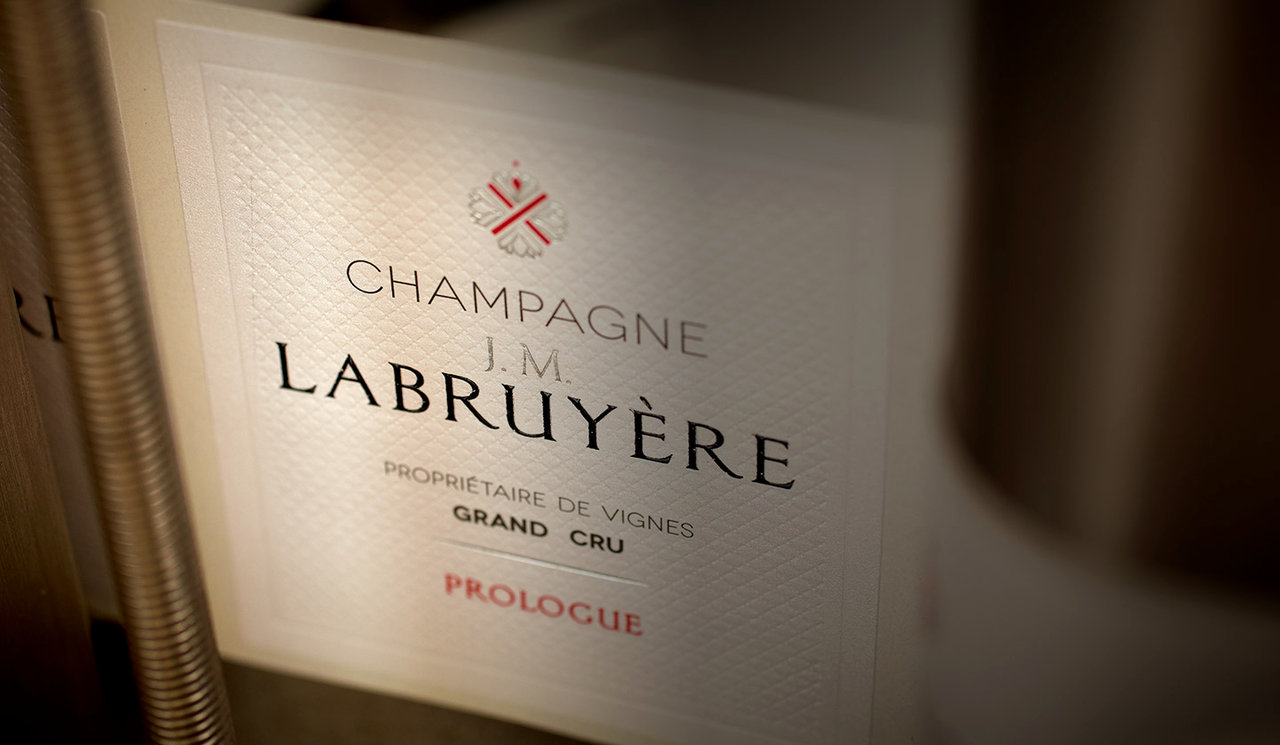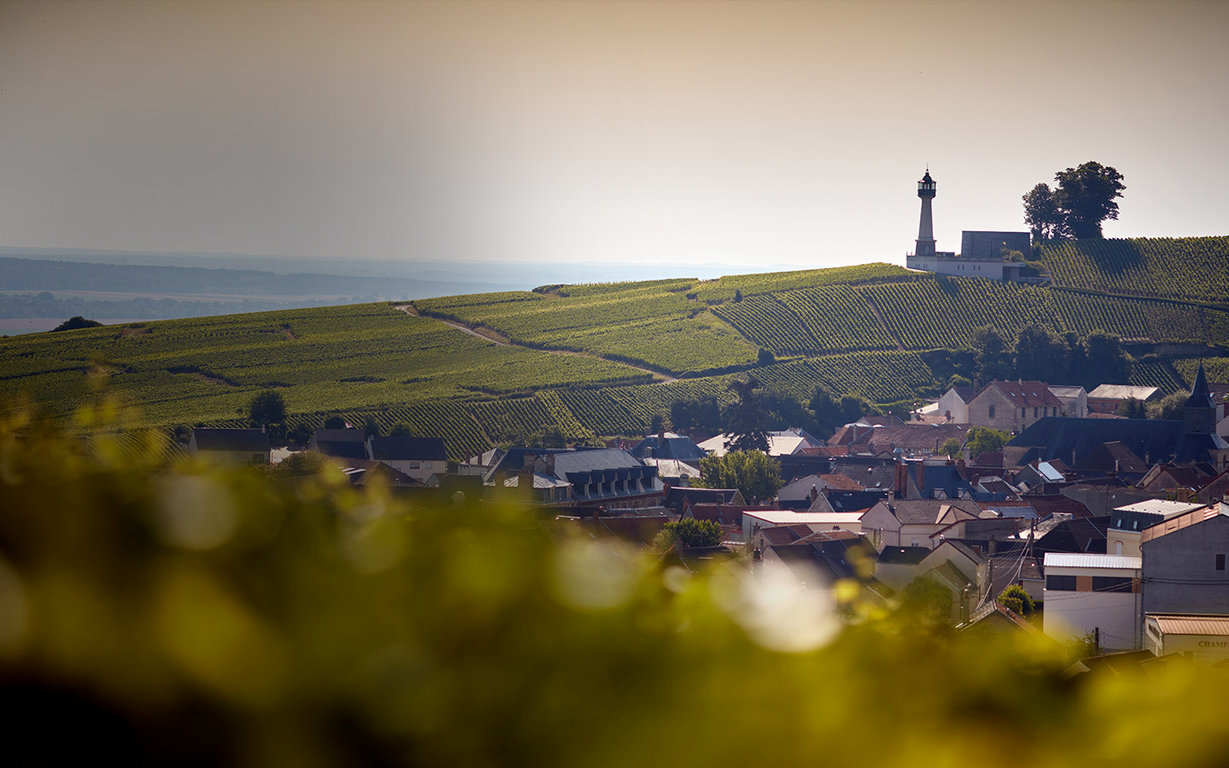
Labruyère Champagne Grand Cru is the relatively young enterprise of top-flight French vignerons, the Labruyère family. The estate has almost 6 hectares located in Verzenay and Verzy, with holdings comprising 70% Pinot Noir and 30% Chardonnay. In 1873, an unofficial ranking placed Verzenay among the top three crus in Champagne, which is why the Labruyères settled upon this village on the glorious Montagne de Reims for their Champagne adventure.
Of the 320 grape-growing villages in Champagne, just 17 are ranked Grand Cru for the quality of their grapes. Montagne de Reims (286 metres) influences and protects the terroir of Verzenay renowned for its Pinot Noir, endowing champagne with exceptional character, structure and ageing potential. The estate has the chance to own vineyards in some of the best “climats” of Montagne de Reims such as Les Rochelles, Les Champs Saint-Martin, Les Longues Raies, Les Champs Romés and Les Potences.
Edouard Labruyère chose to apply in Verzenay the same techniques as in Meursault, both in the cellar and vineyard. Since 2012 he’s been working with Vincent Van Waesberghe, chef de cave and chef de vigne, and Nadine Gublin, oenologist from Domaine Jacques Prieur. The team picks a little later than most growers, works only with the cuvée and sends all base wines through malolactic conversion – making for a pure, profound and powerful style of Champagne.
WINEMAKING
The grape harvest is manual, and sorting takes place in the vineyard to select only the healthy bunches to go back to the estate to be pressed directly. We pick the grapes later than many other vine growers to obtain base wines with balance approaching our Burgundy wines.
Pressing is carried out in a very gentle and progressive way to get the highest quality juice. Only the cuvée is used for these assemblages; les tailles, the first and the last presses, are not used for Labruyère Champagne. Each parcel is pressed and vinifed separately to respect the identity of each terroir, allowing a broad palette to work from during blending. All base wines go through malolactic fermentation before being rested.
Later, often in January, the team meets to define assemblages of the base wines from the latest harvest and the reserve wines. The team philosophy, influenced by Burgundy and Bordeaux, tends towards an expression of each vintage in the composition of each Champagne.
Usually they are bottled in the spring following the harvest to give way to their second fermentation. To get the finest bubble, an important vinosity and aromatic complexity, the ageing process “sur lattes” takes between 3 and 5 years, and up to 10 years for millésime Champagnes.
At disgorgement the family favours low dosage and the use of the best wines for the liqueur, to produce perfectly ripe, balanced terroir-driven wines.

NV Champagne Labruyère Prologue RRP $108
Non-vintage Grand Cru Champagne based on the 2012 harvest. 70% Pinot Noir,30% Chardonnay. Dosage 4-5 g/L. Tirage 2013 and then disgorged during 2016 or 2017 (check back label).
NV Champagne Labruyère Rosé Anthologie RRP $132
Non-vintage Grand Cru Rosé Champagne based on the 2012 harvest. 70% Pinot Noir, 30% Chardonnay. Includes 8% red wine. Dosage 4-6 g/L. Tirage 2013 and then disgorged during 2016 or 2017 (check back label).
NV Champagne Labruyère Blanc de Blancs Page Blanche RRP $160
Non-vintage Grand Cru Blanc de Blancs Champagne based on the 2012 harvest. 100% Chardonnay. Dosage 2-3 g/L. Tirage 2013 and then disgorged during 2016 or 2017 (check back label).